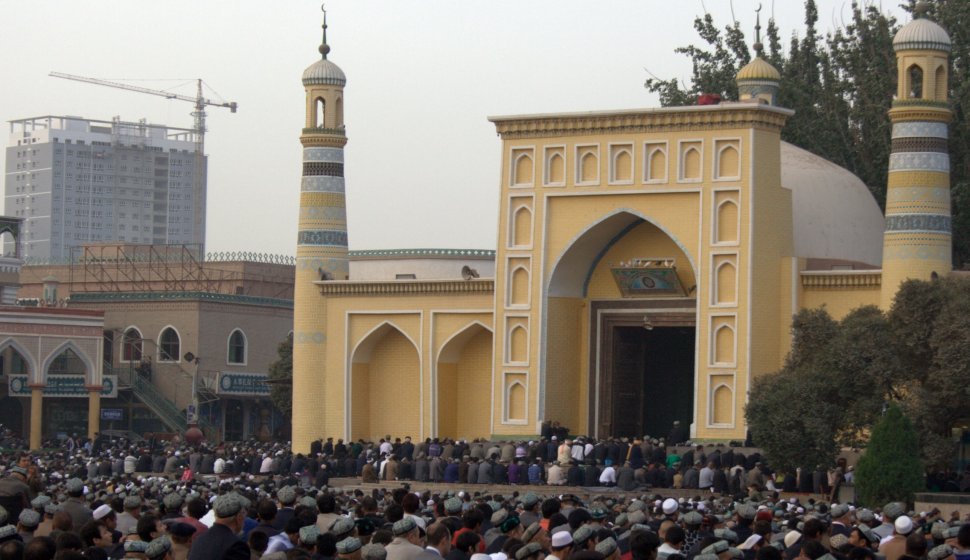- Home
- Religious Holidays
- Islamism
- Eid al-Fitr

Eid al-Fitr Dates in 2026, 2027 and 2028
Eid al-Fitr is celebrated at the following dates:
- Friday, March 20, 2026
- Wednesday, March 10, 2027
- Sunday, February 27, 2028
Eid al-Fitr is a three-day Muslim holiday signifying the end of the Holy month of Ramadan and the beginning of the tenth month of Shawwal1. It translates from Arabic as “Festival for Breaking the Fast”1.
Origin
Eid al-Fitr was first started by the Prophet Muhammed himself when he migrated from Mecca to Medina2. It was here that Muhammed told his followers of two new important holidays for prayer and to remember his generosity-- Eid al-Fitr and Eid al-Adha2.
Celebration
Eid al-Fitr is celebrated to mark the end of rigorous fasting and prayer throughout the Islamic month of Ramadan3. Because the Islamic calendar follows the lunar cycle, the fast is broken as soon as the crescent moon is sighted in the night sky and continues throughout the next day3. While the holy month of Ramadan acts as a spiritual cleanse and as a time to give thanks to Allah, Eid al-Fitr is meant to promote family, love, and brotherhood3. In addition, it is meant to welcome back Muslims to the normalcy of everyday life3.
For the first three days of the new month, Shawwal, Muslims attend a prayer at their community Mosque. They will often take a new route home afterward to follow Muhammed's example4. Following their return, there is typically a festival characterized by fine clothing, traditional foods, and an exchange of gifts4. In some countries, it is also common to slaughter an animal as a sacrifice4. During the celebration, Muslims will typically greet each other with the phrase “Eid Mubarak”, or “blessed celebration”5.
Eid al-Fitr is typically observed as a public holiday in Islamic nations, such as Saudi Arabia or Qatar6. However, this is not the case in non-Islamic countries, although Muslim places of business may have altered hours of operation7.
